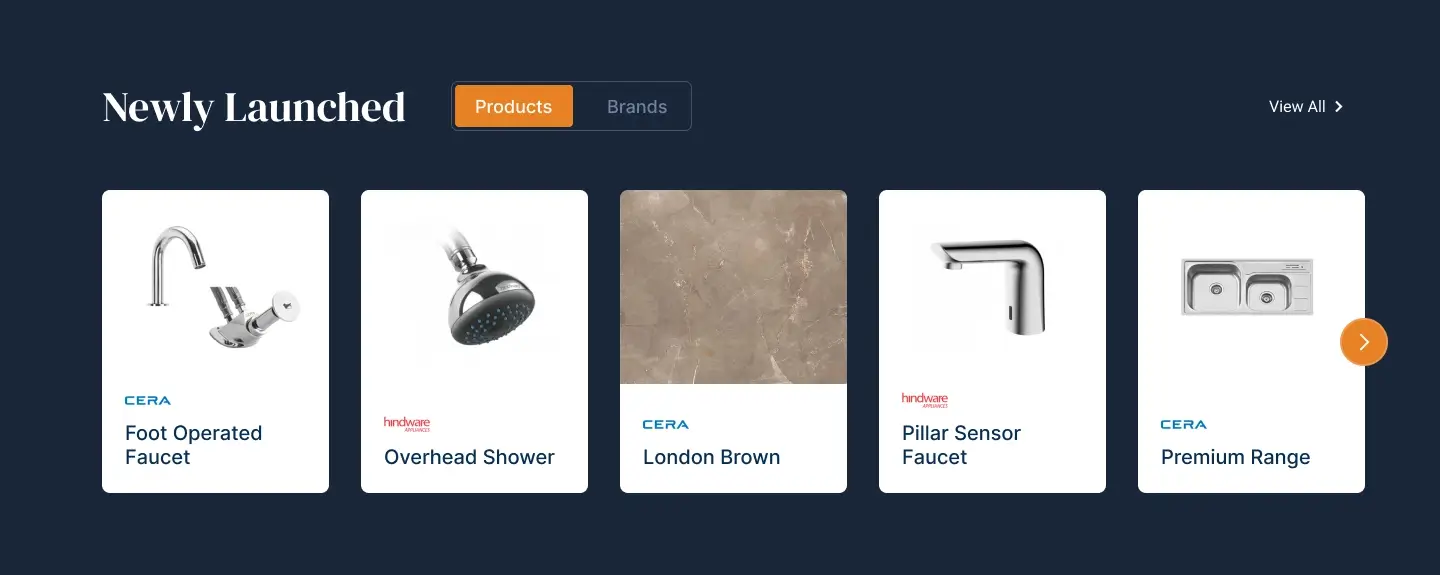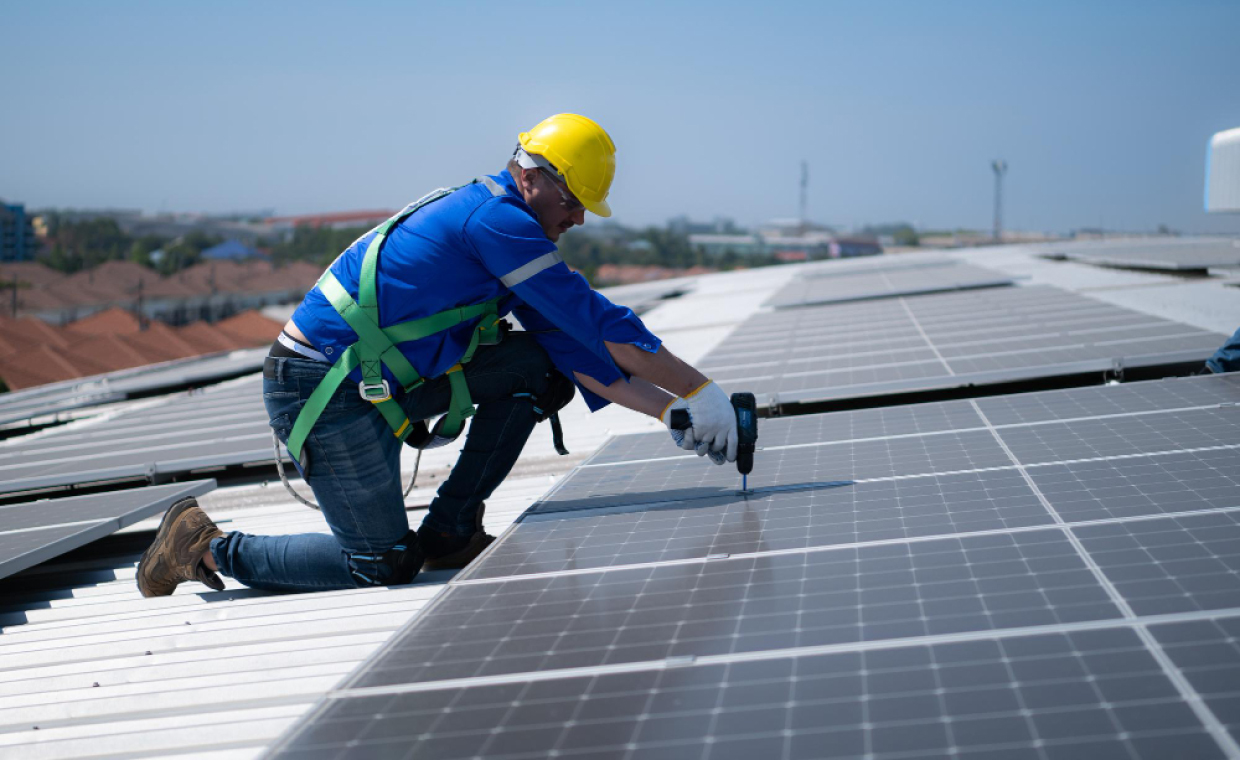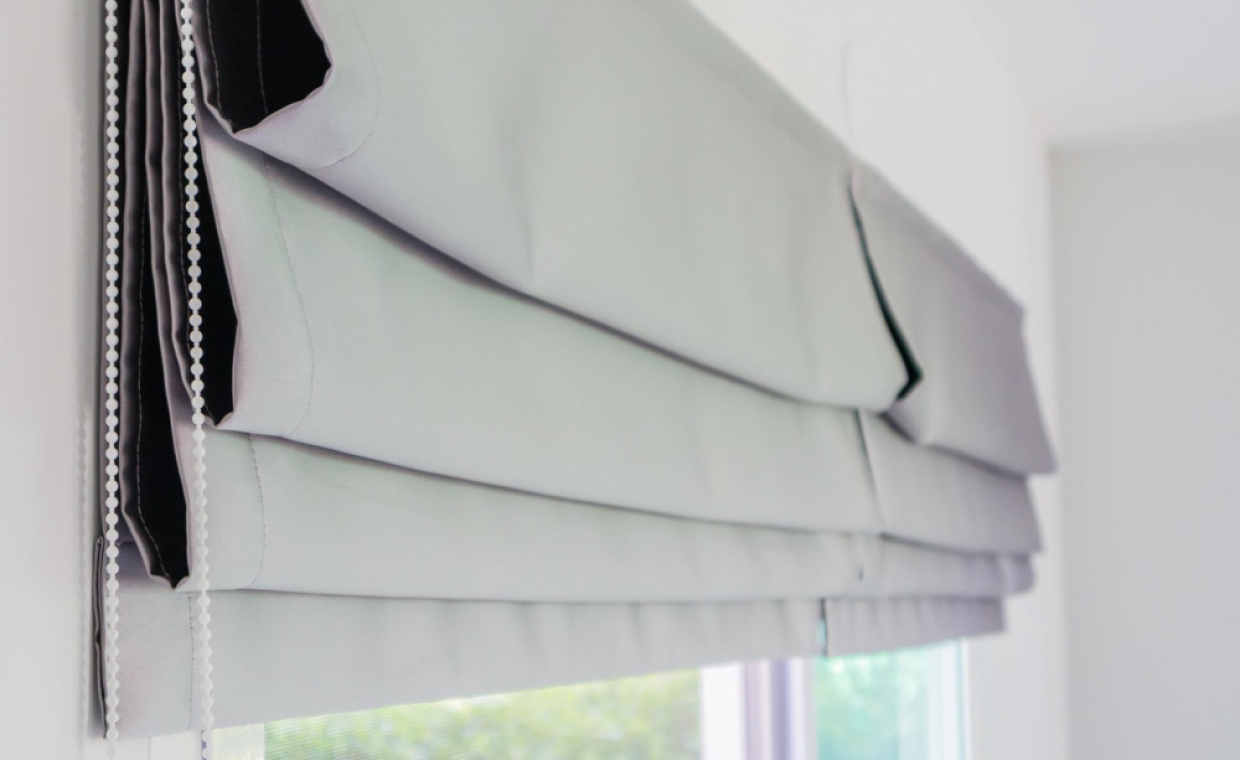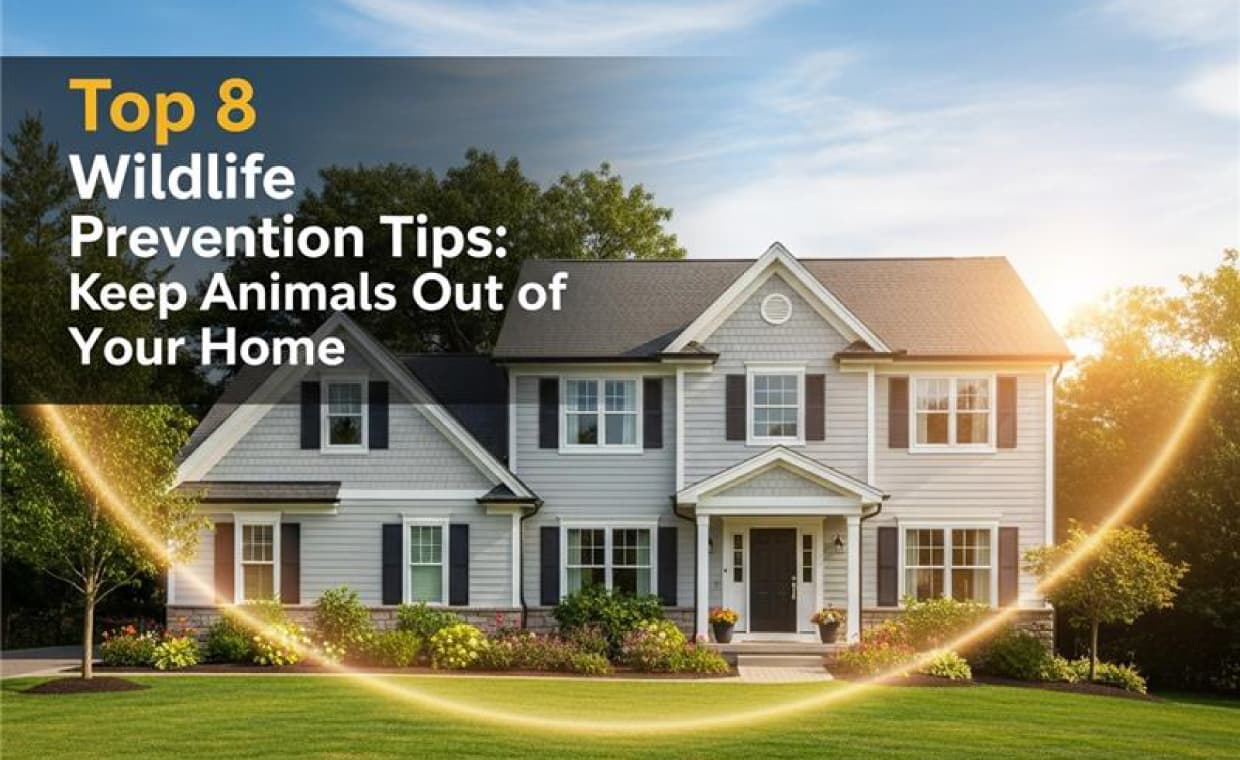
Table of Contents
Quick Overview
This article discusses on how to keep wild animals out of your home as they are dangerous for your family carry certain diseases.
Key tips for wildlife prevention:
- Inspect and close the holes, cracks, or gaps through which animals can entre in your home.
- Keep outdoor area clean and avoid leaving pet food outside.
- Maintain your backyard by keeping it clean, trimming lawn and overhead tree branches.
- To prevent birds and other pests entering home, keep your cover chimney with caps and vent covers.
- Use motion-censored light or alarm so that animal keep away from home.
- Schedule regular inspection with wildlife control professional as they can easily detect and remove pest infestation legally and safely.
Who doesn’t like animals? Everyone loves me, too! But when they reach your home and you start witnessing their wild side, which is not typically shown in wildlife documentaries, their presence begins to feel like a 24/7 threat.
And your fear is reasonable. You can get an estimate of how dangerous their infestation could be from the fact that several animals that are living in your area may carry rabies and other deadly diseases. If the animal is big, it is a direct threat to you, your family, and your pets. This article explores how you can keep these critters away from your house.
Tips to Protect Your Home from Wild Animals
If an animal has infested your property, what should you do? Well, call a nearby animal control agency. They will inspect your property and provide relevant services for safe animal removal and your peace of mind.
But that does not stop animals from coming to your house in the future. So, to avoid wild animal infestation in your home in the first place, read these wildlife prevention tips to ensure you are practicing them carefully.
1. Seal Entry Points Around Your Home
Animals cannot just teleport from the wild to your house. They need a way to pass through and enter your house. That is where a proper inspection comes in. Look for possible entry and exit places. If there are marks of scratching and a possible entrance, close those spaces.
Look for even the slightest holes and cracks. Fill them up. You can also install a way exit door at strategic places where animals mostly come inside your house. Watch every nook and cranny to look for holes and possible entry points and then close them.
2. Secure Trash and Food Sources
Food is one of the greatest reasons why animals infest a property. Wild is their natural habitat, but when they find it easy to look for food in homes, they prefer to do so. Obviously, you will protect your inside items, but do not leave the food outside.
Not even the dog food. Plus, keep your utensils and pet’s bowl clean. Clean food smells and residues. Still, they can reach your house while searching for food, and they will find it in trash cans. Open cans or stinking cans can attract animals, even bears.
So, keep our cans clean and invest in good trash cans if one is leaking. Use cans that have strong lids. Wash cans regularly to avoid a smell. Don’t leave any food or water source for wild animals. If done carefully, your house will no longer attract wild species.
3. Keep Your Yard Clean and Clutter-Free
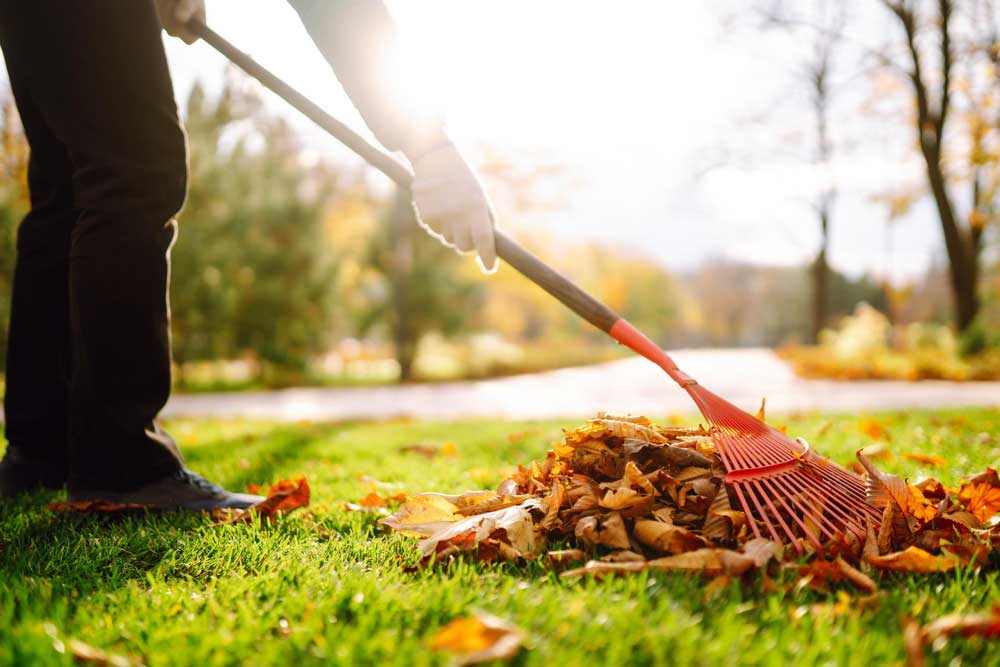
Keeping your yard clean and inspecting it regularly is crucial because the yard is the most likely alternative place for wildlife. Never let animals inhabit your yard. Big animals will not inhabit it and will go away. But for small animals like raccoons, moles, armadillos, and other such animals, they can dig burrows to find food and even seek shelter there.
Overgrown lawns can also attract snakes. So regularly trim your lawn and remove all kinds of clutter. Regularly remove fallen fruits to remove food sources. Sprinkle safe repellents over leaves and fruits. You can also use gravel instead of grass if you are planning to redesign your yard.
4. Install Chimney Caps and Vent Covers
Installing chimney caps can significantly reduce the inhabitants of birds, raccoons, opossums, and such critters. Plus, there are also several other benefits of installing caps, such as preventing water from entering inside, debris control, and improved fire safety. Vent covers also protect your house against unwanted animals.
5. Trim Trees and Overhanging Branches
Overhanging branches can act as a bridge for small rodents to climb trees. That is why regular trimming of trees is crucial. There are also several other benefits of trimming trees. It will also help you inspect birds and animals’ habitats. You can then remove their nests, but do this safely. We recommend contacting a professional to handle such a task to avoid complications.
6. Use Motion-Activated Lights or Noise Deterrents
These deterrents, such as motion-activated lights, alarms, and water repellents, work well for temporary solutions. And it works well for several animals. But not all. Take the example of raccoons.
They are highly intelligent and will get used to it or bypass it after figuring out an alternative way. However, it is a significant step to protect your house from most of the nuisance animals if it is placed strategically. You can also take the help of a professional for effective installation.
7. Store Pet Food Indoors and Feed Pets Inside
Well, I have mentioned it in the previous section, but I want to focus on it more. This is one of the biggest forms of negligence that results in wildlife infestation in the home. The smell of pet food can attract animals into your house.
Even if there is no food in it, the smell can attract animals. Whenever you feed your pets, feed them inside your house. Only feed them indoors, not even in the garage. Also, when done feeding, clean the bowl and store it in a safe place.
8. Schedule Regular Inspections with Wildlife Control Experts
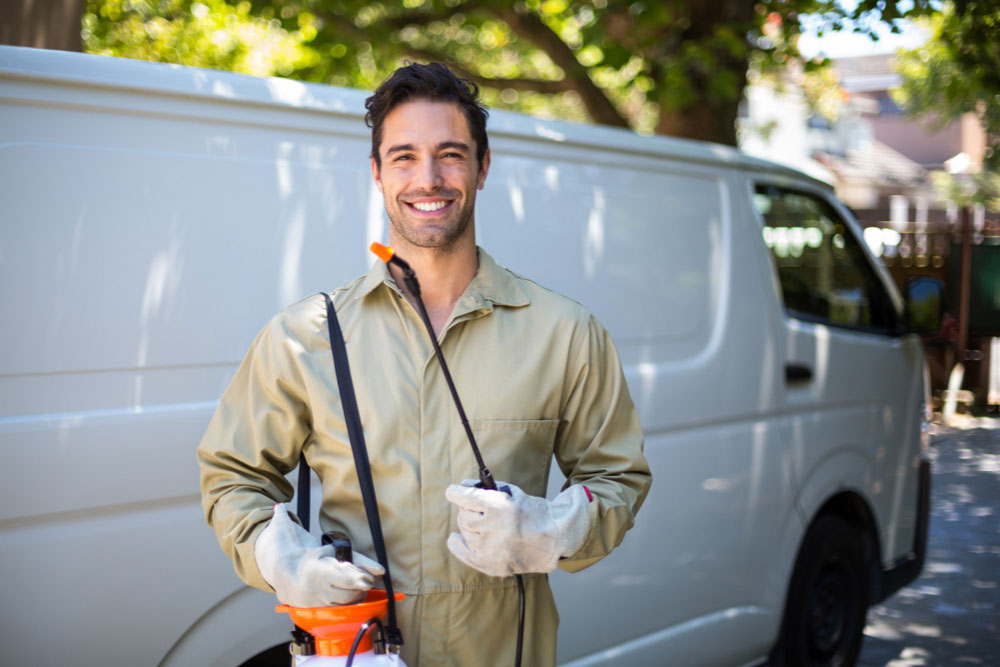
This is crucial as no method is foolproof, and animals will surely find a way to bypass all the precautionary tips and measures you implemented. That is where you need professional help. If you are living in Columbia, get professional wildlife removal services in Columbia, SC. They will inspect every part of your house and install traps, baits, and one-way doors.
They will figure out what kind of infestation is there, how severe the infestation is, and what measures they should take to ensure safe and humane animal removal without compromising anyone’s safety.
These are some ways that are worth implementing to keep wild animals away from your house. You can directly contact professional animal removal and get their services, or you can follow these DIY techniques to see if it works for you.
For dangerous animals like snakes (even if not venomous), we always recommend contacting a professional. Plus, avoid shooting animals, even if on private property, because some species are state protected. So, contact theme experts as they are also aware of all the legal framework. Make sure to read other articles on our site too!
Also Read: Tips to Get Rid of Critters Out of Your House Yard!
FAQs on Wildlife Prevention
1. How to Prevent Wildlife from Entering the Home?
Seal entry points, install animal-proof chimney caps and vent covers, use fencing around the backyard, trim vegetation and avoid storing pet food outside of the home.
2. Are There Natural Deterrents for Wildlife?
Yes, you can use motion-censored lights, alarm, plant thorny shrubs or place natural repellents like mint leaves and vinegar near entry points.
3. What Types of Fencing or Barriers are Effective in Preventing Wildlife Animals?
Choose fencing that comes with small gaps or tightly woven mesh to prevent wildlife from entring in your home. Regularly inspect and maintain fences and physical barriers to ensure effectiveness.





